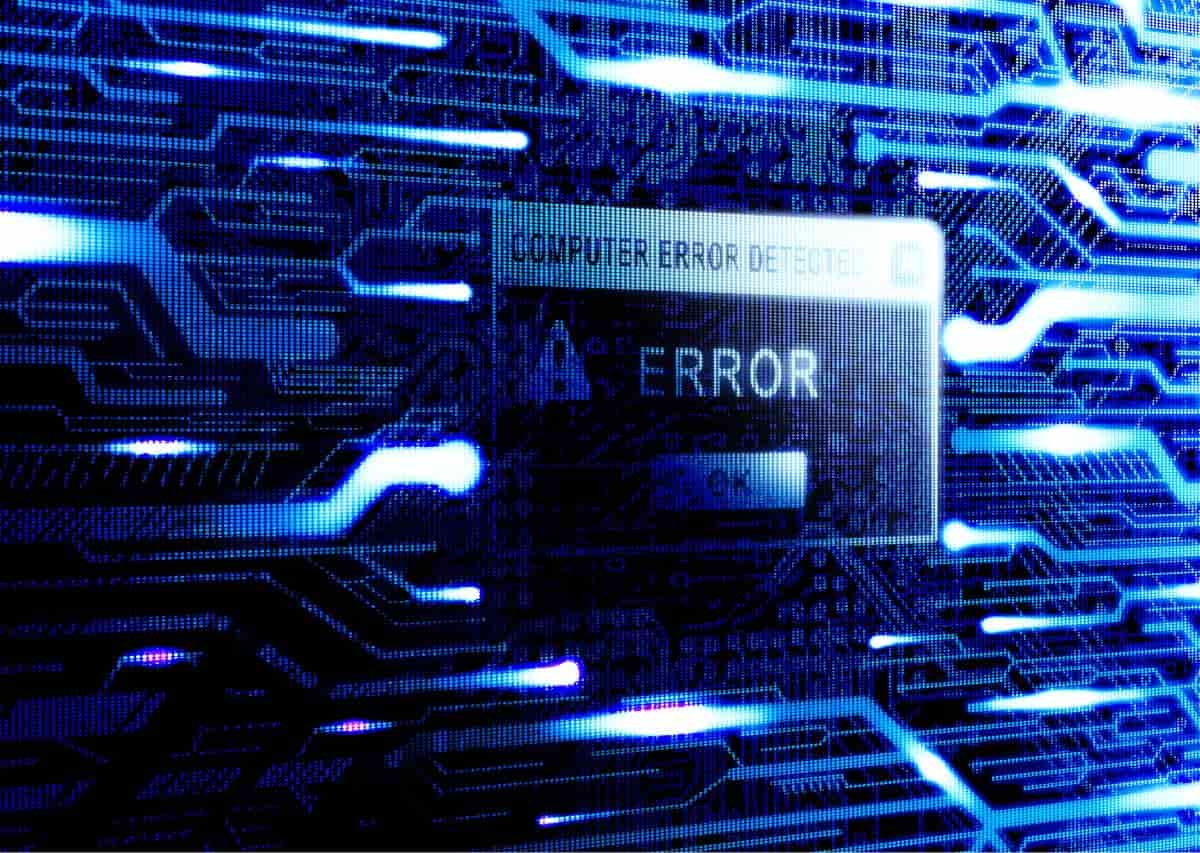Have you ever encountered the System_Application_Force_Next_0007 error on your Windows computer? This cryptic error message can be frustrating and confusing, but it’s essential to understand what it means and how to fix it. In this blog post, we’ll explore the details of the System_Application_Force_Next_0007 error, exploring its causes, potential fixes, and preventive measures. By the end of this article, you’ll have a comprehensive understanding of this error and how to manage it effectively.
What is System_Application_Force_Next_0007?
Understanding System_Application_Force_Next_0007: A Comprehensive Overview
Have you ever encountered the enigmatic System_Application_Force_Next_0007 error on your Windows computer? This cryptic error message can leave you scratching your head, wondering what went wrong. Fear not, for we’re here to illuminate this perplexing issue. This comprehensive guide delves into the depths of the System_Application_Force_Next_0007 error, exploring its causes, potential solutions, and preventive measures. By the end of this journey, you’ll possess the knowledge and expertise to manage this error effectively and restore harmony to your computing experience.
So, what exactly is the System_Application_Force_Next_0007 error? An application-specific event log entry serves as a distress signal, indicating that an application has abruptly terminated or crashed due to an unhandled exception. This error can manifest in various scenarios, but the underlying cause often concerns memory-related issues or hardware malfunctions.
When an application attempts to access memory that it lacks the proper authorization to access or tries to execute an invalid instruction, the System_Application_Force_Next_0007 error can arise. Additionally, hardware problems, such as faulty memory modules or failing hard drives, can trigger this error.
Examining the event log entry can prove invaluable to gaining further insights into the root cause of the error. This log contains crucial information, including details about the crashed application, the incident’s precise time and date, and a hexadecimal error code that serves as a unique identifier. Armed with this information, you’re well-equipped to embark on the troubleshooting process and restore normalcy to your computing environment.
Systems Application_ Force _Next _0007 Fix
You can attempt a few different fixes to resolve the System_Application_Force_Next_0007 problem. Here are a few of the best techniques:
Microsoft updates Windows regularly with security patches and bug fixes. If a known operating system bug is the cause of the System Application Force Next 0007 error, installing the most recent Windows update might fix it. Go to the Windows Start menu, choose “Settings” > “Update & Security” > “Windows Update” to see if there are any updates available. If there are any updates, select “Install now.”
Sometimes, third-party security software gets in the way of Windows’ smooth operation, leading to errors like System_Application_Force_Next_0007. Try turning off or removing any installed third-party security software to rule out this possibility. You can be sure that the security software is to blame if the issue disappears after you disable or delete it.
Using a clean boot is a method of troubleshooting Windows that leaves only the necessary drivers and services installed at startup. This can assist in locating and turning off any incompatible programs or services generating the System_Application_Force_Next_0007 problem.
1. The Run dialogue box can be opened by pressing Windows Key + R.
2. Enter “msconfig” and hit the Enter key.
3. Open the System Configuration window and select the “Services” option.
4. Select the checkbox labeled “Hide all Microsoft services.”
5. Select “Disable all” from the menu.
6. Select “Startup” from the tab. 7. Select “Open Task Manager” from the menu. 8. Open Task Manager and select the “Startup” tab. 9. When a program launches, right-click on it and choose “Disable.” 10. Click “OK” in the System Configuration box after closing the Task Manager. 11. Give your machine a restart.
Check whether the System Application Force Next 0007 problem persists after a clean boot. If the error goes away, one of the services or programs that was disabled was the root of the problem. Then, you can reactivate each blocked program or service one by one until you identify the offender.
Common causes of System_Application_Force_Next_0007
This section discusses the common causes of the System_Application_Force_Next_0007 error. These causes include insufficient system memory, corrupt system files, outdated software, malware infection, and damaged hardware.
Insufficient system memory can lead to the System_Application_Force_Next_0007 error when an application tries to allocate more memory than is available. This can occur when running multiple memory-intensive programs simultaneously or when a program has a memory leak.
Corrupt system files can also cause the System_Application_Force_Next_0007 error. System files are essential for the proper functioning of Windows, and if they become corrupt, it can lead to unexpected application crashes. System file corruption can occur due to malware infection, hardware failure, or improper system shutdown.
Outdated software can also be a cause of the System_Application_Force_Next_0007 error. When software is not up to date, it may not be compatible with the latest version of Windows or other software installed.
Malware infection can also lead to the System_Application_Force_Next_0007 error. Malware, such as viruses and spyware, can damage system files and disrupt the regular operation of Windows. This can lead to unexpected application crashes, including the System_Application_Force_Next_0007 error.
Damaged hardware can also cause the System_Application_Force_Next_0007 error. If the computer’s hardware components, such as the RAM, hard drive, or processor, are damaged, it can lead to system instability and application crashes.
How to prevent System_Application_Force_Next_0007
To prevent the System_Application_Force_Next_0007 error from occurring, several proactive measures can be taken:
Ensure all apps are up to date: Regularly updating all installed applications, particularly those critical to the system’s functionality, can help prevent compatibility issues and crashes. App updates often include bug fixes and performance improvements that can mitigate the risk of unexpected errors.
Perform a factory reset on the device: A factory reset may be necessary if the System_Application_Force_Next_0007 error persists despite other troubleshooting efforts. This will restore the device to its original settings and eliminate any software-related issues that could be causing the error.
Delete any third-party apps that may be causing the issue: In some cases, third-party applications can interfere with the system’s regular operation and lead to crashes. If the error occurs after installing a specific app, try uninstalling it and observe if the issue persists.
Check for any software updates for the device. Device manufacturers periodically release updates that address bugs, improve performance, and enhance security. Install software updates to ensure the device runs on the latest and most stable version.
These preventive measures can significantly reduce the risk of encountering the System_Application_Force_Next_0007 error, ensuring a smoother and more reliable user experience.
Third-party apps and System_Application_Force_Next_0007
Third-party apps can sometimes interfere with the system’s normal functioning and lead to the System_Application_Force_Next_0007 error. If you suspect a third-party app may be causing the error, you can try disabling or uninstalling it to see if it resolves the issue.
You can use the Event Viewer to identify the third-party app causing the error. Open the Event Viewer by pressing Windows Key + R, typing “eventvwr. msc”, and then press Enter. In the Event Viewer, navigate to the “Windows Logs” section and then to the “Application” log. Look for events with the Event ID 1000 and the Source “Application Error.” The event details will provide information about the faulting application.
Once you have identified the third-party app causing the error, you can try disabling or uninstalling it to see if that resolves the issue. To turn off an app, go to the Control Panel, select “Programs and Features,” and then right-click on the app and select “Disable.” To uninstall an app, go to the Control Panel, select “Programs and Features,” then right-click on the app and select “Uninstall.”
If disabling or uninstalling the third-party app does not resolve the issue, you may need to contact the developer for further assistance.










